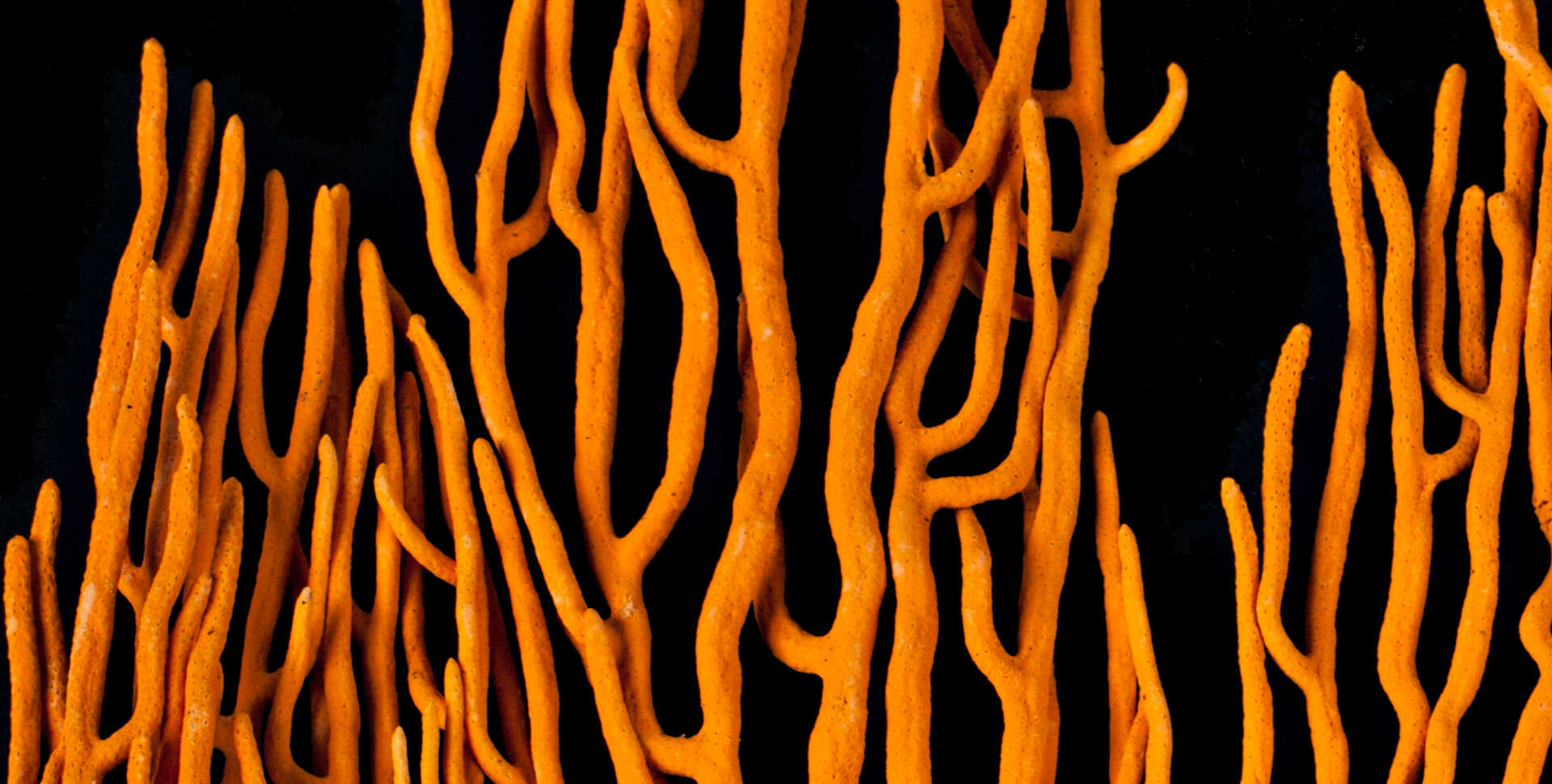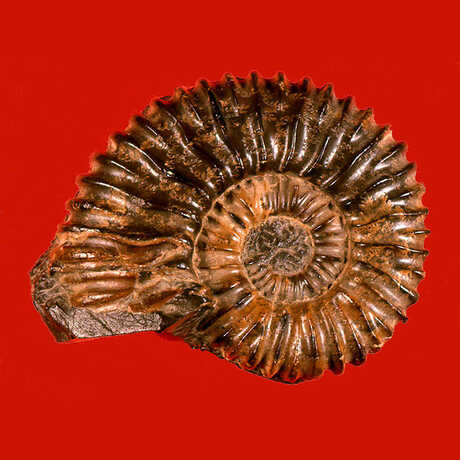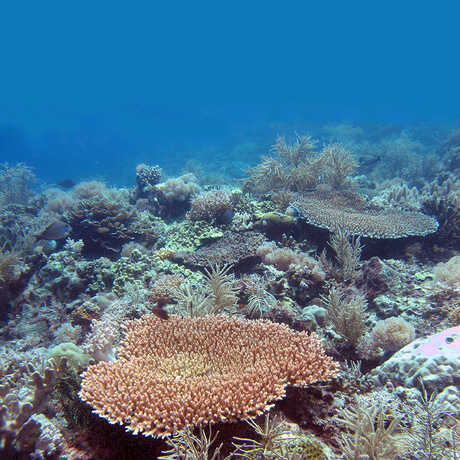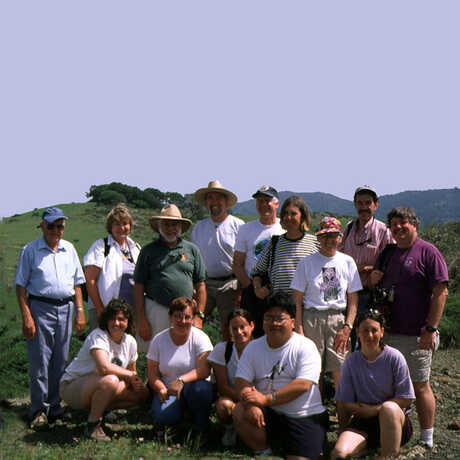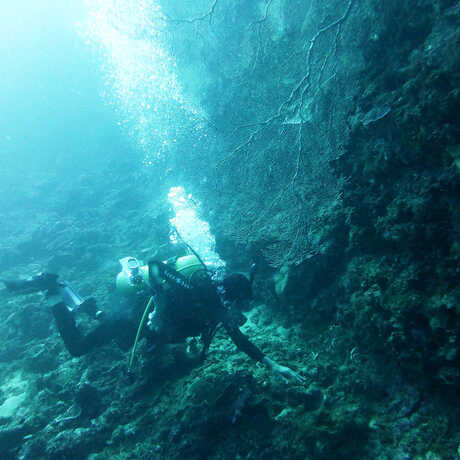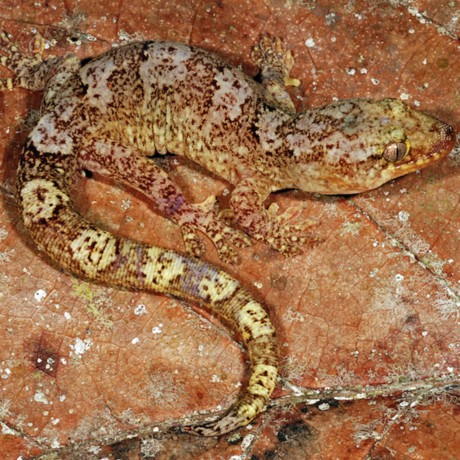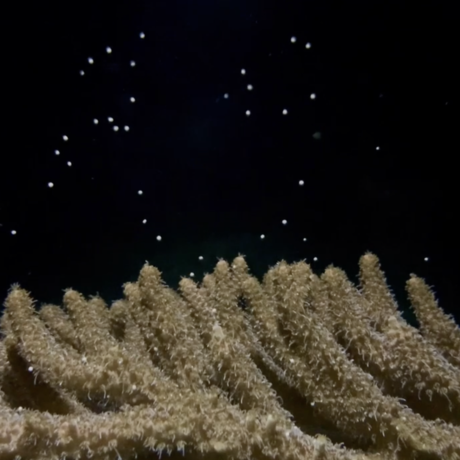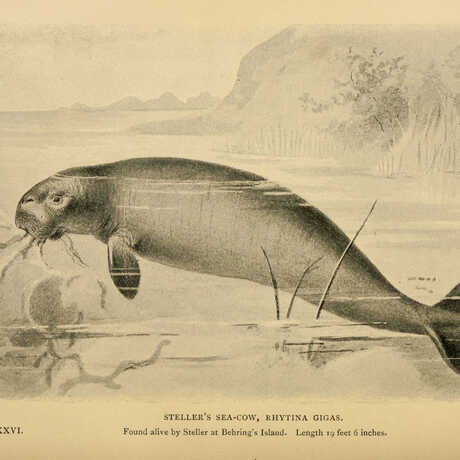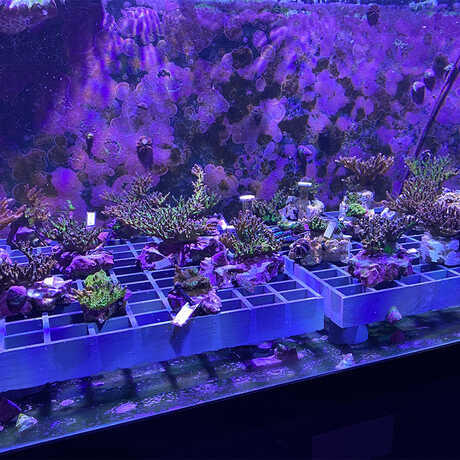Explore the highlights of our department's 160-year-plus history at the California Academy of Sciences.
Our invertebrate collections originally focused on California and Baja California, then broadened to the entire Pacific Coast (from Alaska to the Galapagos Islands), and are now worldwide in scope. Our diatom collection remains the best-documented and third largest in the world. Our mineral collection includes meteorite and gemstone holdings, while our fossil collection's strengths highlight ammonites from northern California, and fossil fish and Foraminifera from the western United States.
